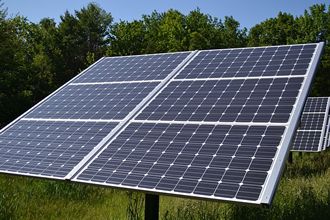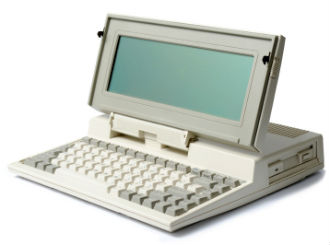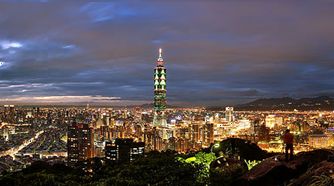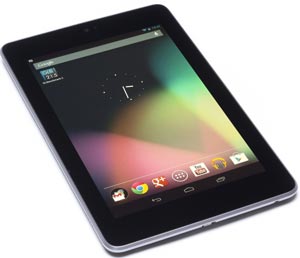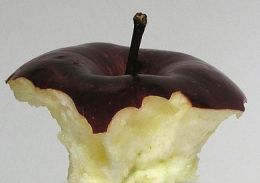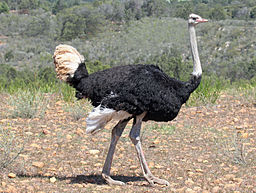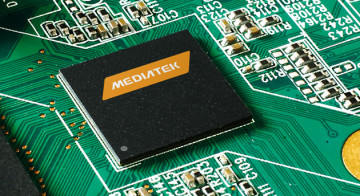 MediaTek has slammed Taiwan’s rules regarding its domestic semiconductor companies investing and merging overseas, particularly in mainland China,.
MediaTek has slammed Taiwan’s rules regarding its domestic semiconductor companies investing and merging overseas, particularly in mainland China,.
MediaTek chief executive MK Tsai said the rules are too strict and should be reconsidered.
He said that Taiwan risks falling behind in the global race to develop the best chips if it does not invest more overseas to recruit talent and access large markets like China’s.
Rivals like Qualcomm and Intel have ploughed billions into China, Tsai said, but Taiwan’s rules prohibiting the export of advanced chip technology to the mainland risked its business prospects there.
“China is such a huge market … if everyone else is going and you have to stay on the sidelines, you’re in a weaker position,” Tsai said.
Taiwanese regulations prohibit chip design firms like MediaTek from investing any funds in China for research and development purposes, let alone for mergers and acquisitions, according to the company.
Tsai moaned about Taiwan’s “passive” stance amid a recent wave of mergers in the chip world.
“You have to keep up with the technological advancements or you’ll become irrelevant,” he said.
MediaTek-designed chips are doing well among Chinese phone vendors like Xiaomi.
Unlike chip design, investment in chip manufacturing in China is allowed, though heavily regulated..

